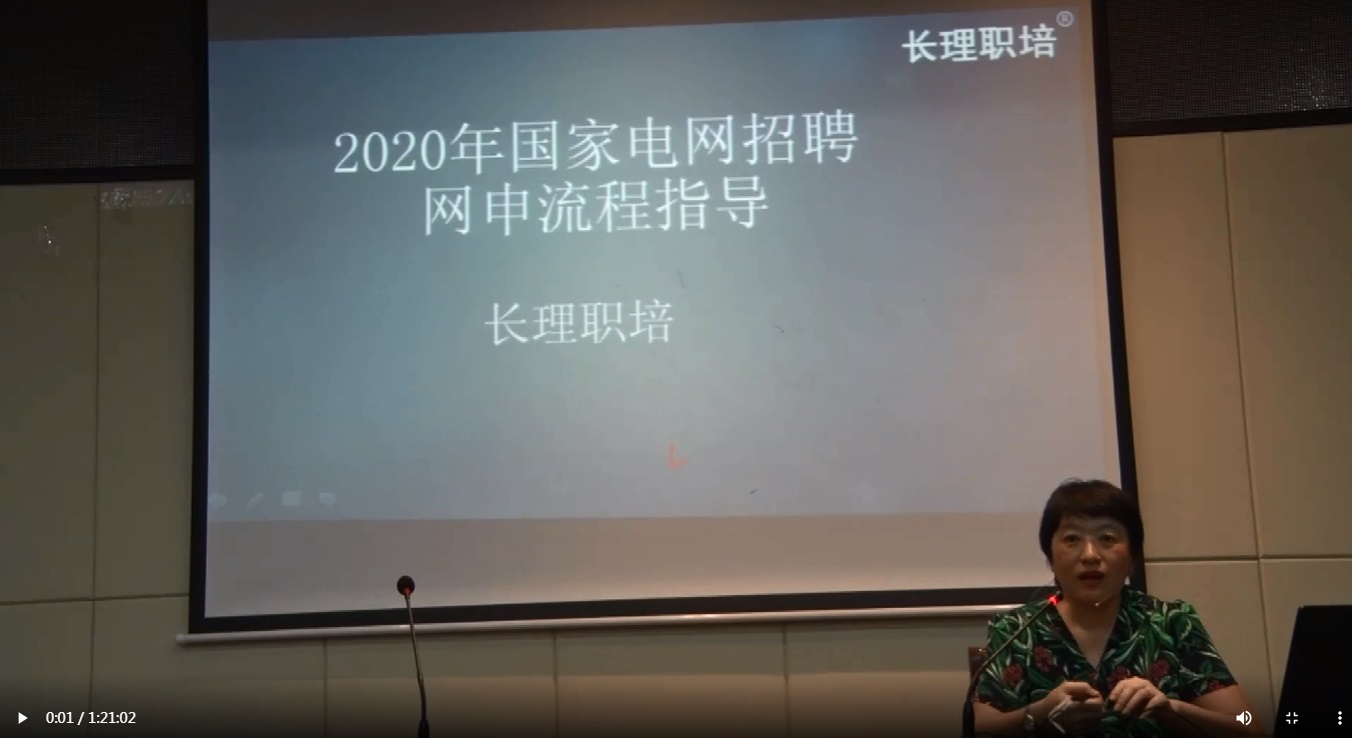Rockets and artificial satellites can go far above the ionosphere, and even escape from the Earth. Yet they are complex and expensive, and in their present stage of development they cannot lift massive telescopes, keep them steady while the observations are being carried out, and then return them safely. Balloons are much easier to handle, and are also vastly cheaper. Their main limitation is that they are incapable of rising to the ionosphere. A height of between 80,000 and 90,000 feet is as much as can reasonably be expected, and so balloon-borne instruments can contribute little to either ultra-violet astronomy or X-ray astronomy. All the same, the balloon has much to be said in its favour, since it can at least carry heavy equipment above most of the atmospheric mass--thus eliminating blurring and unsteadiness of the images. Moreover, water-vapour and carbon dioxide in the lower air absorb most of the infra-red radiations sent to us from the planets. Balloon ascents overcome this hazard with ease.
Hot-air balloons date back to the year 1783, and within a few months of the first flight a French scientist, Charles, went up two miles in a free balloon. Yet there is little resemblance between these crude vehicles and a modern scientific balloon, which has by now become an important research tool.
The main development has been carried out by M. Schwarlschild and his team at Princeton University in the United States, in collaboration with the United States Navy, the National Science Foundation, and the National Aeronautics and Space Administration. The 'Stratoscope' flights of 1959, concerned mainly with studies of the Sun, were remarkably successful, and the project has now been extended. With Stratoscope II, the overall height from the telescope to the top of the launch balloon is 666 feet, the balloons together weigh over two tons, and another two tons of ballast are carried for later release if height has be maintained during the night. The telescope, plus its controls weighs three and-a-half tons. Two large parachutes arc also carried; in case of emergency, the instruments and their records can be separated from the main balloon system, and brought down gently. Many of the radio and electronic devices used are similar to those of artificial satellites.
编辑推荐:

温馨提示:因考试政策、内容不断变化与调整,长理培训网站提供的以上信息仅供参考,如有异议,请考生以权威部门公布的内容为准! (责任编辑:长理培训)






















点击加载更多评论>>